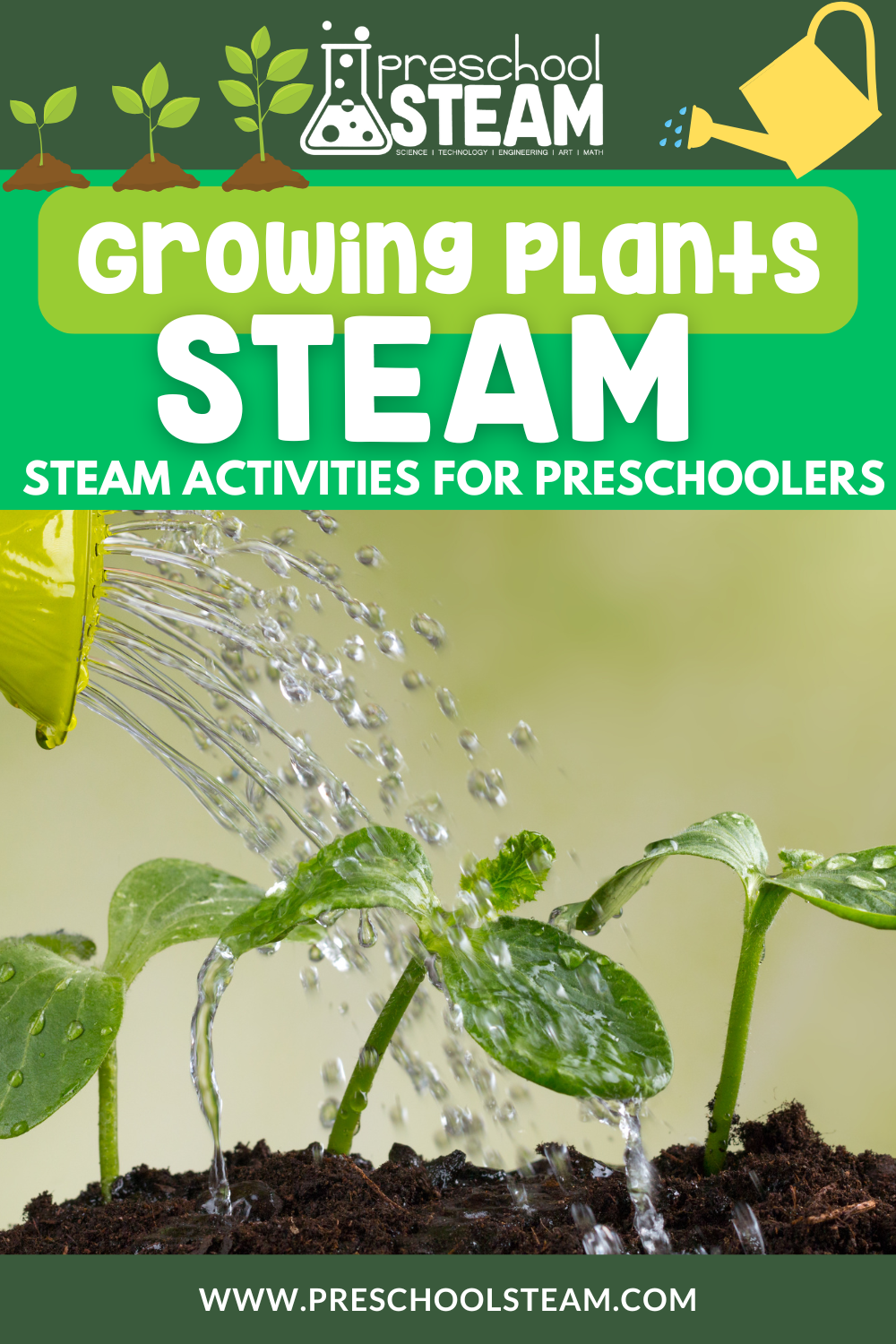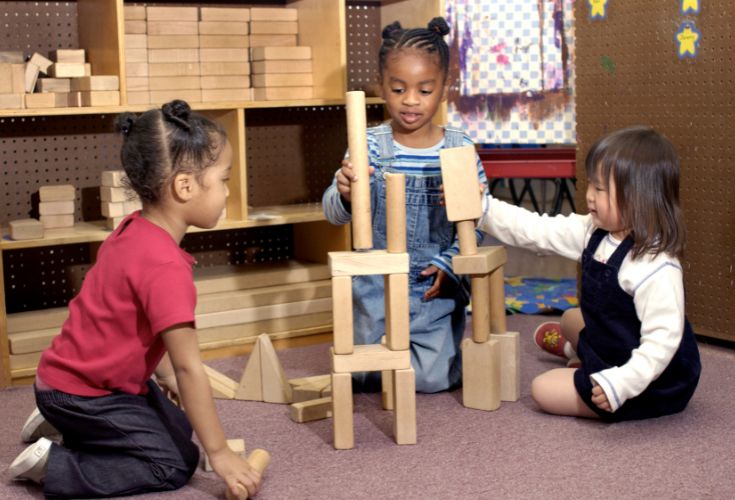Spring is a time of growth, renewal, and wonder—especially for preschoolers who are naturally curious about the world around them. Watching a tiny seed sprout into a plant, seeing roots stretch into the soil, and observing flowers bloom can spark endless questions and excitement.
But how can we nurture that curiosity about growing things in a way that is hands-on, engaging, and developmentally appropriate?
In this post, we’ll explore simple ways to help preschoolers discover the magic of plants, seeds, and growing things through STEAM learning.
Why Teaching About Growing Things is Important
Gardening and plant exploration support early childhood development in many ways:
✔ Science Exploration – Understanding how plants grow, what they need, and how they change over time.
✔ Observation & Patience – Watching changes happen slowly and learning to care for something over time.
✔ Math & Measurement – Counting seeds, comparing plant growth, and measuring plant height.
✔ Fine Motor Skills – Digging, planting, and watering help strengthen little hands.
✔ Sensory Learning – Feeling different textures (soil, roots, leaves), smelling flowers, and tasting fresh herbs.
When children observe, touch, and interact with plants, they form a deeper connection to nature and develop a sense of responsibility for living things.
5 Hands-On Ways to Spark Curiosity About Plants
1. Start a Classroom Growing Experiment
Children love seeing cause and effect, and planting seeds gives them the perfect opportunity to watch something change over time.
🌱 Try This:
- Plant seeds in clear cups so children can see roots grow!
- Compare different growing conditions – Place one plant in the sun and one in the shade. Water one plant and leave another dry. Ask children to predict what will happen.
- Sprout seeds without soil – Use a damp paper towel inside a plastic bag to watch beans or sunflower seeds sprout!
💡 STEAM Connection: Ask, What do you think plants need to grow? How do you know if a plant is healthy?
2. Create a “Watch it Grow” Observation Station
Designate a special space in your classroom where children can observe growing things over time.
🔍 What to Include:
✔ Small potted plants for children to care for
✔ A growth tracking chart where children draw or measure plant progress
✔ Magnifying glasses for up-close observations of roots, leaves, or flowers
✔ Books about plants and growing
💡 Classroom Tip: Let children “adopt” a plant and take turns watering and observing changes!
3. Go on a Plant Scavenger Hunt
Take children outside (or around the classroom) to look for signs of plant growth.
🕵️♂️ Scavenger Hunt Ideas:
✔ Find three different shaped leaves.
✔ Look for something that is growing and something that is wilting.
✔ Find a plant that smells good.
✔ Look for a plant with a flower.
💡 STEAM Connection: Ask, How do plants change in different seasons? What would happen if plants had no water?
4. Encourage Sensory Exploration with Plants
Plants provide amazing sensory experiences for young children!
👃 Try This:
- Smell & Taste Garden: Let children touch and smell herbs like mint, basil, or rosemary.
- Texture Matching: Compare smooth leaves vs. rough bark.
- Color Sorting: Collect flowers, leaves, and petals to match shades of green, yellow, or red.
💡 Classroom Tip: Try a “mystery plant box” where children feel a hidden plant and guess what it is based on texture!
5. Ask Thought-Provoking Questions
Encourage curiosity and critical thinking by asking open-ended questions:
- What do plants need to grow?
- How do seeds turn into big plants?
- Why do some plants grow tall and others stay small?
- What would happen if we didn’t water the plants?
Asking “What do you think?” instead of giving immediate answers encourages children to think like scientists and explore their own ideas!
Make Growing Things Part of Your Everyday STEAM Learning
The best way to encourage curiosity about plants is to make growing things a part of your classroom routine.
✔ Let children be hands-on – Water, touch, and explore plants daily.
✔ Encourage questions – There’s no “right” answer in science!
✔ Observe changes together – Take notes, draw pictures, and compare progress.
By combining exploration, play, and observation, preschoolers build a strong foundation for STEAM learning while developing a love for nature.
🌿 Want more hands-on STEAM activities?
📢 Join our Preschool STEAM Pathways membership for exclusive lesson plans, play-based learning ideas, and nature-inspired activities designed for early childhood educators!
How do you spark curiosity about growing things in your preschoolers? Share your favorite plant-based activities in the comments!


Leave a Reply